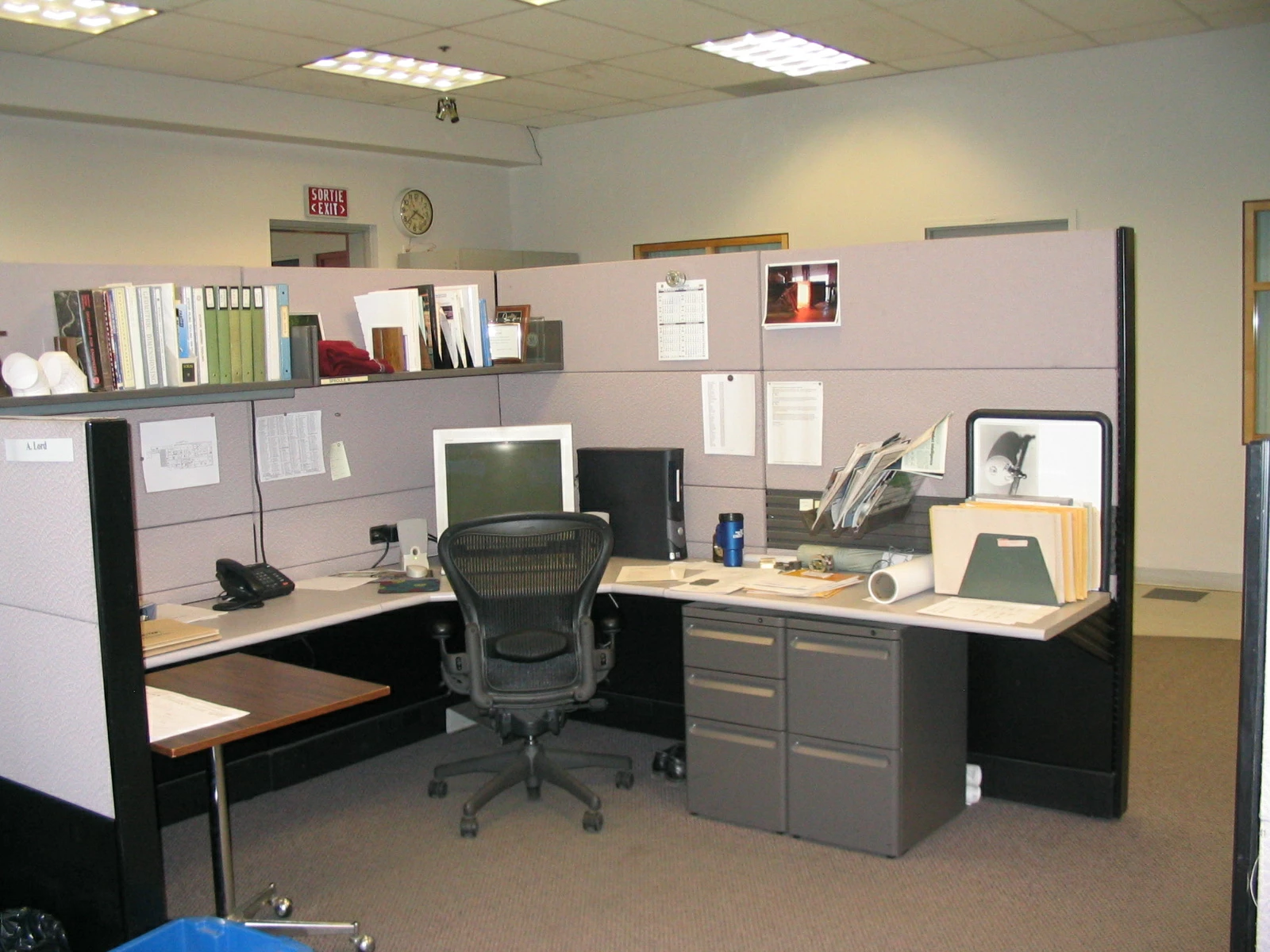
Partner Article
How Much Office Space Do You Really Need?
In previous generations, deciding how much office space you required was a relatively straightforward pastime. After all, you simply needed to provide a defined working area for a finite number of employees, before factoring in some additional space for restrooms, conferences rooms and a kitchen area.
This process is far more complex in the modern age, however, thanks to a number of factors including the rise of agile working.
At the same time, we’ve seen a host of studies explore the relationship between the layout of your office space and productivity, while Forbes have revealed that 93% of workers in the tech industry would stay longer at a company that offers healthier workplaces and benefits.
We’ll explore this further below, while helping you to determine precisely how much office space you need for your venture to thrive!
**What Factors Impact on the Amount of Required Office Space? **
As we’ve already said, there are a number of factors that impact on the precise amount of office space required (aside from the size of your workforce).
We’ve outlined some of these below, while asking how they impact on the layout and size of your office:
**The Changing Nature of Workplace and Office Culture **
In simple terms, agile working is an extension of flexible working principles, and it refers to the empowerment of employees to operate where, when and how they choose.
This cultural shift in the workplace has also ushered in the age of activity-based working, which focuses on the collaboration between employees and inspires office spaces that include a host of different settings for completing various tasks and projects.
These philosophies have partially been designed to keep employees in the workplace in an age of flexible working, which has exacerbated the issue of office occupancy and left businesses renting spaces that are far larger than required.
This has huge cost implications for firms, and arguably prevents them from realising their full potential over time.
**The Structure of Your Businesses and Workflow **
Not all businesses are created equal, either in terms of their chosen market niche or the way in which they operate.
For example, while some companies adopt an informal and collaborative style of interaction within an open-plan office, others have a hierarchical structure that requires private and segregated offices for senior employees.
Regardless of which structure underpins your venture, it will have a direct impact on the layout of your office and the size of the space that you need to optimise the productivity of key stakeholders.
Segregating offices also reduces the total space available in the first place, thanks to the use of partitions and larger working areas for some individuals.
**Is There Room for Growth? **
When asking “how much office space do I need?”, it’s also important to factor in your short, medium and long-term growth plans.
Make no mistake; the projected growth of your business and its workforce will impact directly on the size of the premises required at any given time, and this is particularly important when considering the viability of long-term leases.
In simple terms, you’ll need to ensure that your office is capable of sustaining your growth for the duration of any lease agreement, in order to minimise disruption and negate the cost of moving.
If you intend to grow quickly, you may benefit from initially securing flexible and temporary office space on rolling monthly agreements, or at least investing in a large enough commercial property that can be fully utilised as you continue to grow.
**The Bottom Line - How to Work Out the Requisite Amount of Office Space? **
By considering these factors and analysing them in detail, you can develop a far greater insight into the size, type and layout of your desired office space.
It’s also important to recognise the constant changes in employee needs and how they’re impacting on office design trends, with flexible, healthy and well-ventilated workspaces now helping businesses to retain their leading talent more effectively.
In order to bring these ideas and finalise your office interior plans, however, it also makes sense to partner with a workplace consultancy firm.
After all, they can provide bespoke and actionable advice pertaining to the precise amount of office space that you need, while helping you to remain on budget and paying attention to the more intricate design details and how they impact on productivity.
With this type of guidance, you can make cost-effective choices and optimise the efficiency of your office space, while also ensuring that you factor in the future growth of your workforce.
This was posted in Bdaily's Members' News section by Lewis Humphries .








 Zero per cent - but maximum brand exposure
Zero per cent - but maximum brand exposure
 We don’t talk about money stress enough
We don’t talk about money stress enough
 A year of resilience, growth and collaboration
A year of resilience, growth and collaboration
 Apprenticeships: Lower standards risk safety
Apprenticeships: Lower standards risk safety
 Keeping it reel: Creating video in an authenticity era
Keeping it reel: Creating video in an authenticity era
 Budget: Creating a more vibrant market economy
Budget: Creating a more vibrant market economy
 Celebrating excellence and community support
Celebrating excellence and community support
 The value of nurturing homegrown innovation
The value of nurturing homegrown innovation
 A dynamic, fair and innovative economy
A dynamic, fair and innovative economy
 Navigating the property investment market
Navigating the property investment market
 Have stock markets peaked? Tune out the noise
Have stock markets peaked? Tune out the noise
 Will the Employment Rights Bill cost too much?
Will the Employment Rights Bill cost too much?